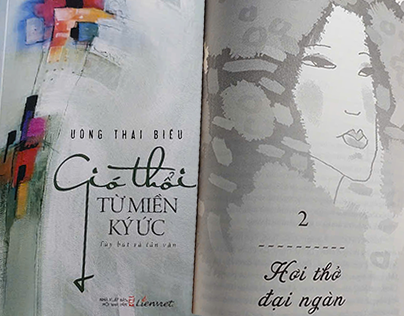 |
| The collection of essays and memoirs "Wind Blowing from Memory" by Uong Thai Bieu. Photo: N.Vien |
First of all, Uong Thai Bieu's pen is filled with gratitude and respect for "inspirational people" (p. 142 - Wind Blows from Memory, Writers Association Publishing House, 2019; the following quotes only include page numbers). The author does not begin by describing the natural landscape or cultural space, but begins by expressing gratitude to the people who opened the door for him to enter the "interesting sedimentary layer inside" of highland culture (p. 142). They are erudite scholars such as Professor Pham Duc Duong, Professor Tran Quoc Vuong - people who are willing to spend time and passion to impart to a "trainee reporter" the basic knowledge of ethnology and geography - culture (p. 142). Uong Thai Bieu still remembers the Professor's message clearly. Pham Duc Duong: “I live and write in the Central Highlands. If I don’t have some understanding of the history, culture, and identity of the indigenous people, my writing will be bland, on the fringes, and unable to provide readers with interesting layers of sediment inside…” (p. 143). The influence of Professor Tran Quoc Vuong is shown in a different way: “Although not expressed in many words, the style, character, and profound understanding of the late Professor Tran Quoc Vuong have created trust and inspiration for the reader” (p. 146). In addition, there are Western scholars such as Jacques Dournes and Georges Condominas - those who have devoted “the best years of their lives” to living, understanding, and loving this land completely (p. 143). And, it is impossible not to mention other intellectuals that the author had the opportunity to meet and learn from, such as Professor, Doctor of Musician To Ngoc Thanh, Professor, Doctor of Science Phan Dang Nhat, Professor, Doctor of Philosophy, and Professor. Ngo Duc Thinh, Professor. Musician To Vu, Professor. Ha Van Tan, Professor. Phan Huy Le, Professor. Mac Duong... With precious humility, the author writes: "From the knowledge that scholars have 'dried and condensed' throughout their scientific lives, together with the invaluable research pages of their seniors, it has helped the young journalist in the mountains and forests have a little more luggage when coming to the people in the land that he loves" (p. 147).
Placing these people in a prominent position right in the opening article “Inspirers” not only shows the writer’s humble attitude, but also shows his self-study spirit and his desire to reach the deepest roots of culture. It is the choice of a writer who does not accept to stop at the surface view, but always aches to find depth in each page.
From a deep understanding of the people and the Central Highlands, Uong Thai Bieu has portrayed the image of a pristine, intense, and vibrant Central Highlands - where beauty is not only reflected in the landscape but also radiates from the people. Among them, the most allegorical symbol is probably the image of "bare feet" (p. 148). Not simply a realistic detail, "bare feet" have been elevated to a symbol of the fusion of flesh and blood between humans and mother earth, of the latent strength tempered through the harshness of nature. The people of the Central Highlands are "tempered physically" by Water and Fire (p. 149), with "bare feet as strong as tigers, as fast as leopards, as flexible as pythons" (p. 149). They go barefoot to the fields, wade through streams, and spin in the festival circle (p. 150) – all creating a symbol of the pure connection between humans and nature, where strength does not come from coercion but is absorbed from the “endless source of nature” (p. 150).
From that symbolic image, the author continues to lead readers to another journey: the journey into the “traveling season” of mountain friends – the “travelers” of cultural space. Based on the knowledge from Dam Bo (Jacques Dournes) in the book “The Land of Illusion”, Uong Thai Bieu learns and participates in those “traveling seasons”, and then realizes that: “my mountain friends are returning in their consciousness” (p. 158). Returning to where? To “villages, fields, mountains and forests, with mysterious yet familiar nature” – where memories, customs and identities are not erased by time but still smolder in every step of the mountain people (p. 158).
In that vein, the article “Chu Ru Wandering” stands out as a sharp, ethnographically valuable memoir, as the author delves into the origins and cultural identity of the Chu Ru people – a little-known ethnic group that carries within itself special historical traces. Based on the hypothesis that the Chu Ru people are descendants of the Cham people who migrated from the coastal areas to the mountains, the author analyzes the name “ChuRu” with the meaning of “hiding”, “hiding” – evoking the tumultuous migration from the ancient Champa kingdom. This hypothesis is reinforced by many evidences such as legends from village elders, linguistic similarities belonging to the Malayo-Polynesian system, and myths about the ChuRu people protecting the royal family and the Champa treasure. The author also depicts the unique cultural and economic characteristics of the Chu Ru people: from the talent of wet rice farming, pottery making, silver casting to long-distance trading – skills rarely seen in other mountainous ethnic groups. The tradition of Nau drà (going to the market) in Phan Rang, Phan Thiet is not only an economic activity, but is felt as an unconscious pilgrimage back to the origin of the sea. The Chu Ru people's character is also described in a humane way - "elegant, tactful, frugal, gentle" (p. 168), as a silent but persistent survival strategy of "later comers" on the land shared with other ethnic groups.
However, with a sober and thoughtful perspective, Uong Thai Bieu does not avoid the fading reality: when the younger generation is no longer interested in the pottery profession - a cultural symbol that was once closely associated with the community. Therefore, the article is not only a record of customs, history or cultural geography, but also a lyrical piece of writing, the voice of a writer who always turns to the immigrant consciousness - with a deep concern for identity, for the survival of cultural values shaped in the journey from the sea to the mountains and forests.
Therefore, The Breath of the Great Forest not only resonates with the clear, majestic sounds of the mountains and forests, but also resonates with deep, thoughtful notes. Hidden in each word is a deep sadness, a lingering anxiety about the risk of fading away of traditional cultural values. That sadness seems to be crystallized in the journey “In Search of the Chapi Dream” (p. 159) – where the Chapi, a musical instrument that “every poor person had” (p. 162), has now become a rare commodity. The story of artisan Chamale Au is a heartbreaking testament to that reality. Looking pensively at the instrument, he bitterly exclaimed: “Nowadays, there are not many boys who are passionate enough to go looking for this bamboo tube. There are not many children who know how to play the Chapi (...) in this whole Ma Noi area, there are no children who know how to make or play the Chapi anymore” (p. 161–163). Although his love for Chapi and Raglai culture still burned in his heart, when he tried to "call some children from the Plei to teach Chapi", he only received indifference: "no one wanted to learn...", because the children now were only absorbed in "banging music" (p. 164).
The sadness of village elder Chamale Au is also the sadness of the author - who is always troubled by the silent passing of a part of the cultural soul: "Where are the days when Chapi followed the Raglai people to the forest, to the fields, to play the zither when sad, when happy? Where is Chapi in the hands of the boys, playing melodies of longing, waiting for their lovers by the deserted stream?" (p. 164). The dream of Chapi - once a part of life, of memories and love - is now just a precarious dream, a "heartbreaking dream" (p. 164), fragile and full of regret in the harsh reality of cultural disintegration.
That regret becomes even more haunting in the article “Where is the long house’s hearth?” (p. 204), where the author sounds the alarm about the disappearance of a typical cultural symbol – the long house. The loss of the long house is not simply the loss of a traditional architectural work, but the disintegration of an entire living space, a communal lifestyle that has been closely attached to the Central Highlands people for many generations. The lament of the old man K’Noi resounds like a haunting cry for help: “Without the long house, all living in built houses, where is there a place to raise jars and gongs!” (p. 201). It is not just the sadness of an individual, but the desperate voice of an entire generation witnessing the cultural heritage gradually being overwhelmed and erased by modern life. The fire, the jar of rice wine, the sound of gongs – the spiritual symbols of community life – are now quietly leaving behind daily life, leaving an unfillable void in cultural memory and community consciousness.
Faced with the reality of traditional culture gradually fading away, Uong Thai Bieu did not choose to sigh helplessly, but raised a strong voice, a passionate appeal: “Return the epic to the people” (p. 176). It was not only a heartfelt cry for the risk of being lost, but also a profound criticism of the formal, forced and unoriginal preservation efforts. The author could not hide his disappointment at the scene of an artist being forced to “wear a loincloth and stand in front of a microphone, reading… hoarsely” under the garish, unfamiliar stage lights (p. 182) – a mechanical form of reproduction that lost the soul of the epic. Because for Uong Thai Bieu, epics – as well as all forms of genuine folk culture – can only live and spread in the space where they were born: “by the fire under the roof of the communal house” (p. 181), where “fire nourishes the khan – fire is the soul of the khan night in the Central Highlands” (p. 177). That call not only demonstrates a profound understanding of the true value of culture, but also exudes a responsible love – a love associated with the aspiration to preserve identity while respecting the natural and original laws of community life.
Closing the pages of the book “Breath of the Great Forest” in “Wind Blowing from the Land of Memory” leaves in the reader a mixture of emotions: both passionate and proud of a unique culture, rich in identity; and sad and sorrowful for the values that are gradually fading away in the face of the wave of modernization. Therefore, Uong Thai Bieu’s work is not simply a collection of essays – travelogues, but also a confession imbued with love for the homeland and country, a sorrowful elegy and also a passionate warning. With a sincere tone and deep emotions, the author not only tells a story, but also invites readers to listen – not only with their ears, but with their hearts – to feel the true breath of the great forest, before it quietly drifts into the past, only resounding like a sad echo from a distant memory. Therefore, I still want to say again, hoping that articles like Uong Thai Bieu’s will be read and cared for by leaders…
Source: https://baolamdong.vn/van-hoa-nghe-thuat/202506/hoi-tho-dai-ngan-tieng-long-da-diet-voi-hon-cot-tay-nguyen-trong-gio-thoi-tu-mien-ky-uc-cua-uong-thai-bieu-40e74a4/


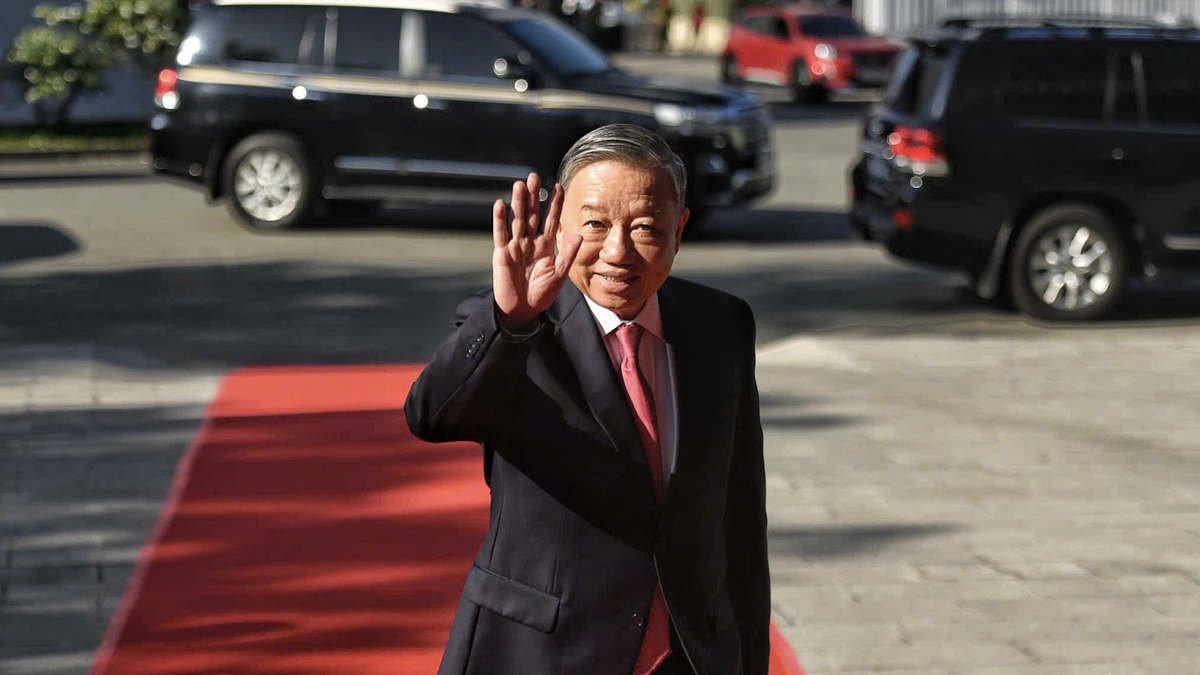
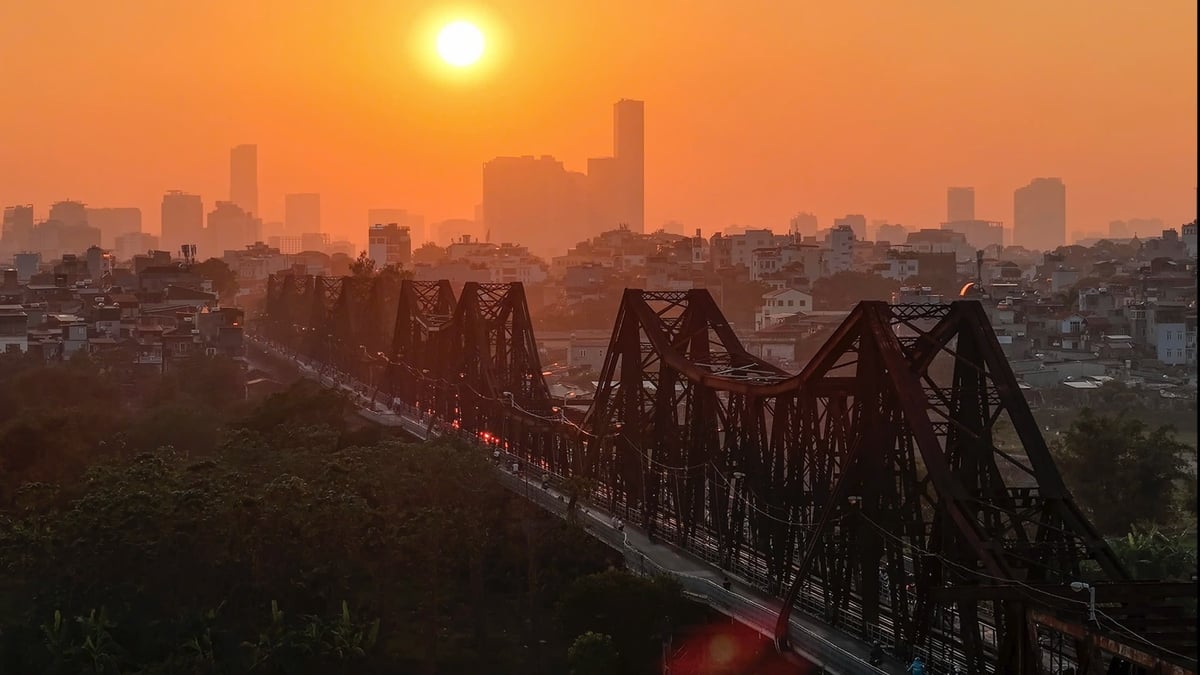
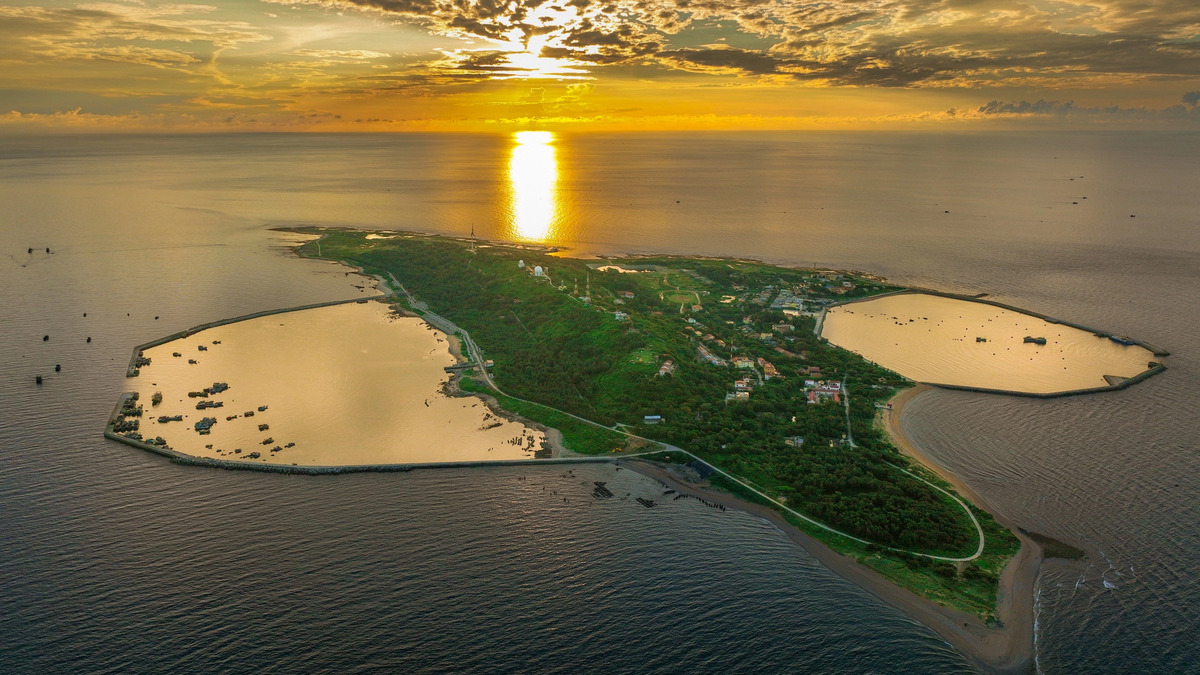


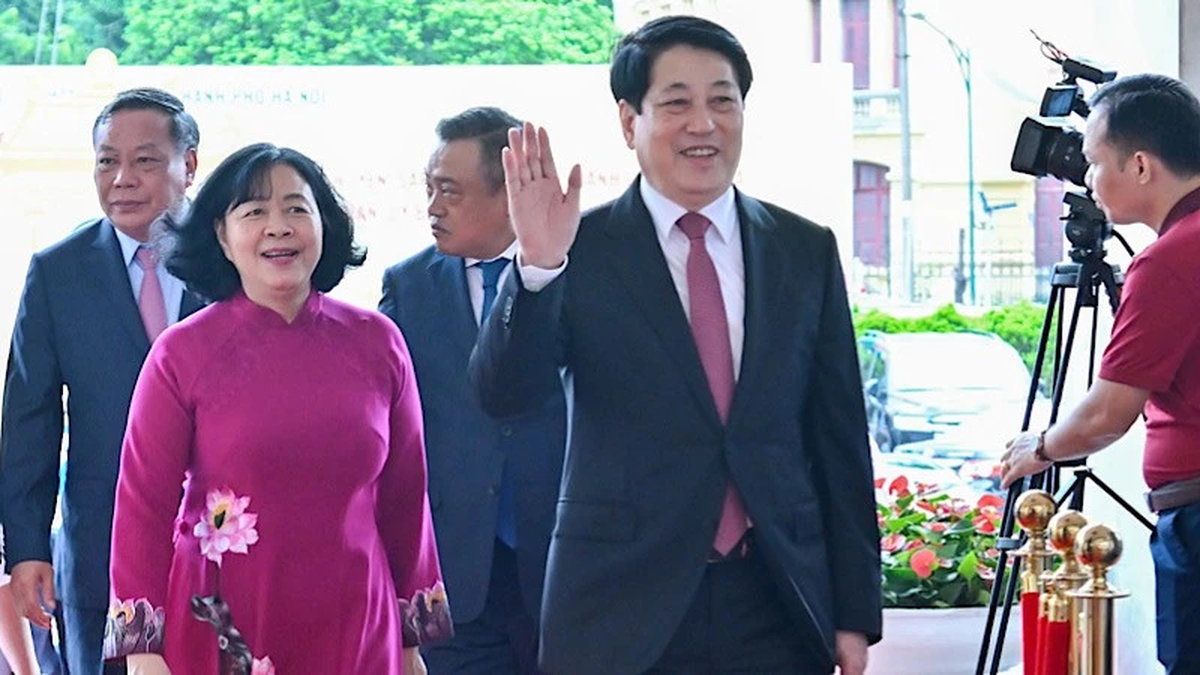
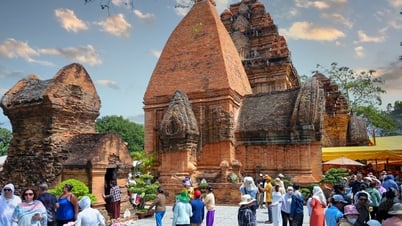

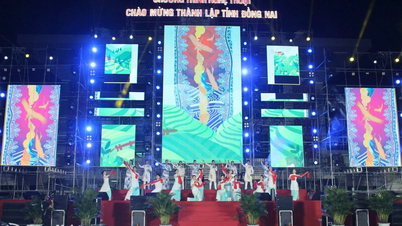




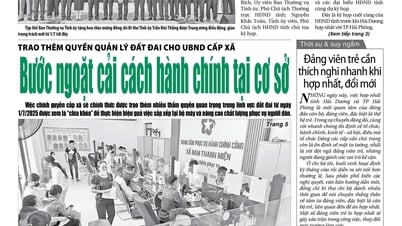

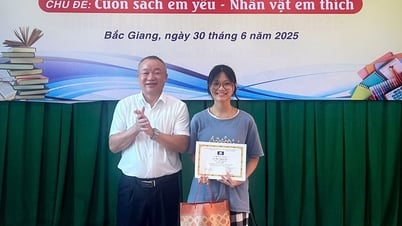






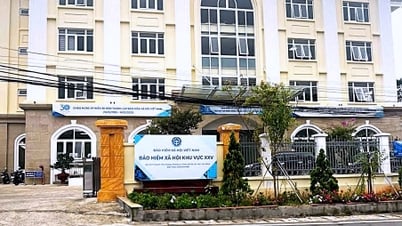




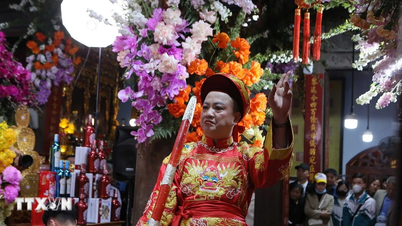

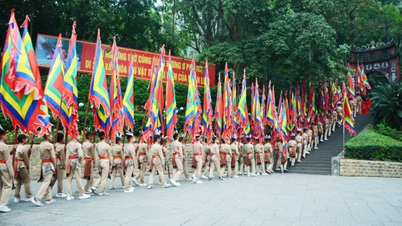

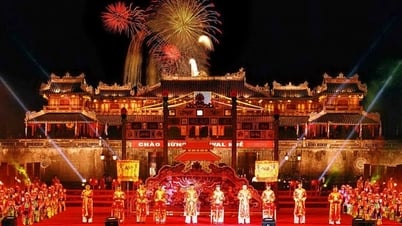

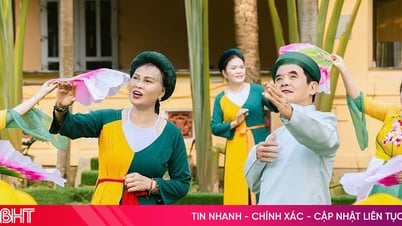




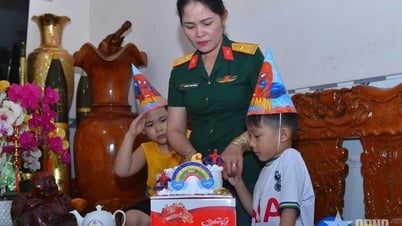
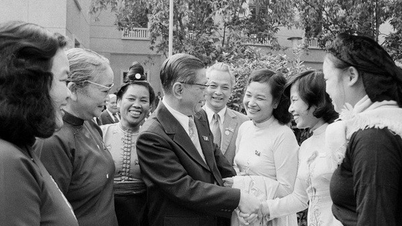
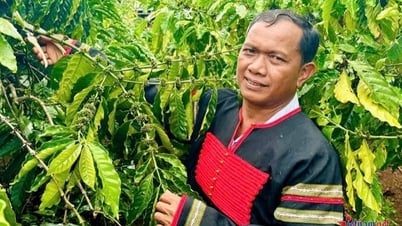

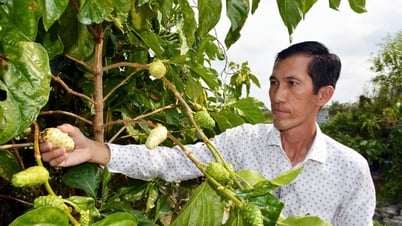

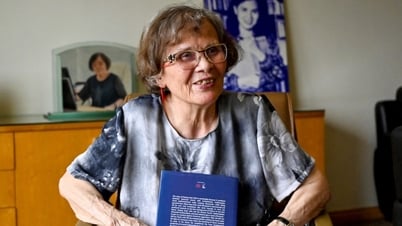

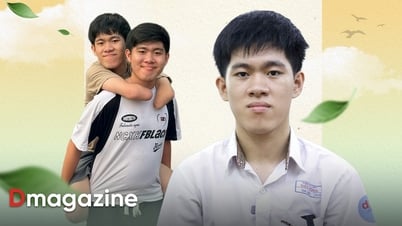






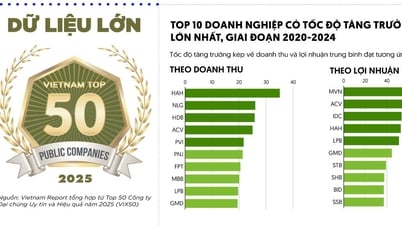















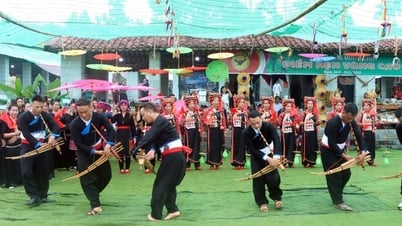



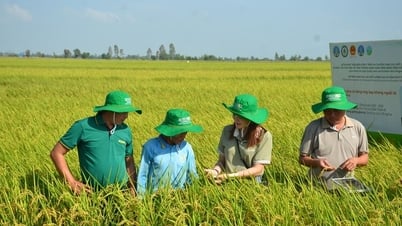

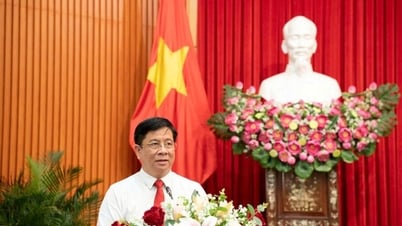

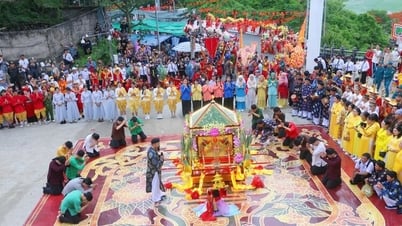






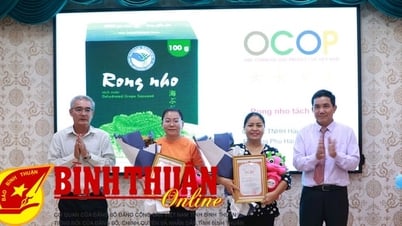






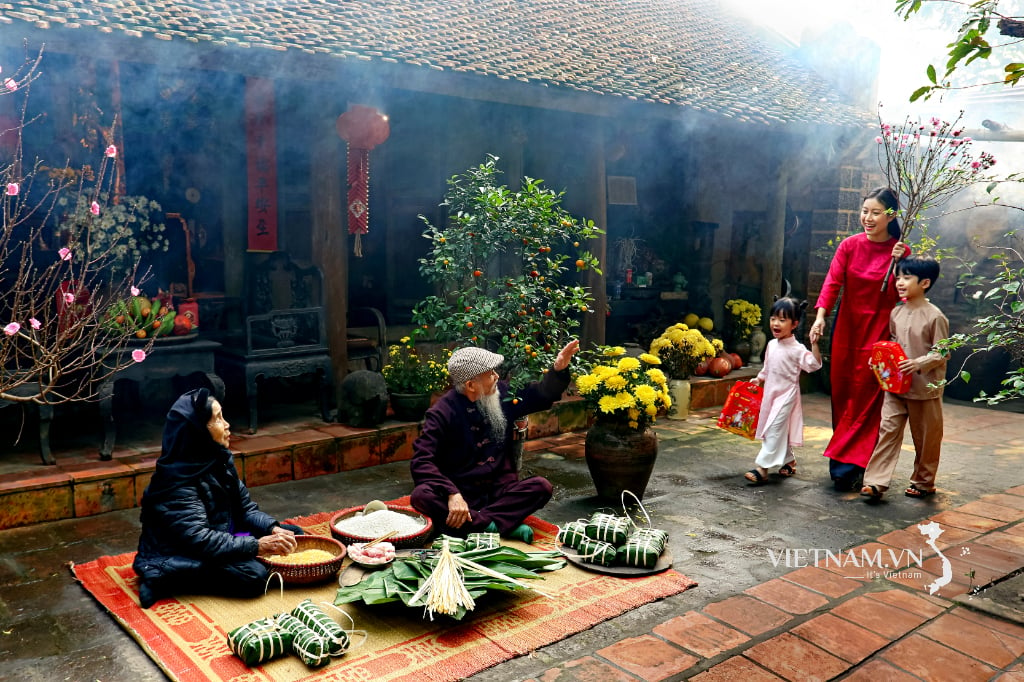
Comment (0)